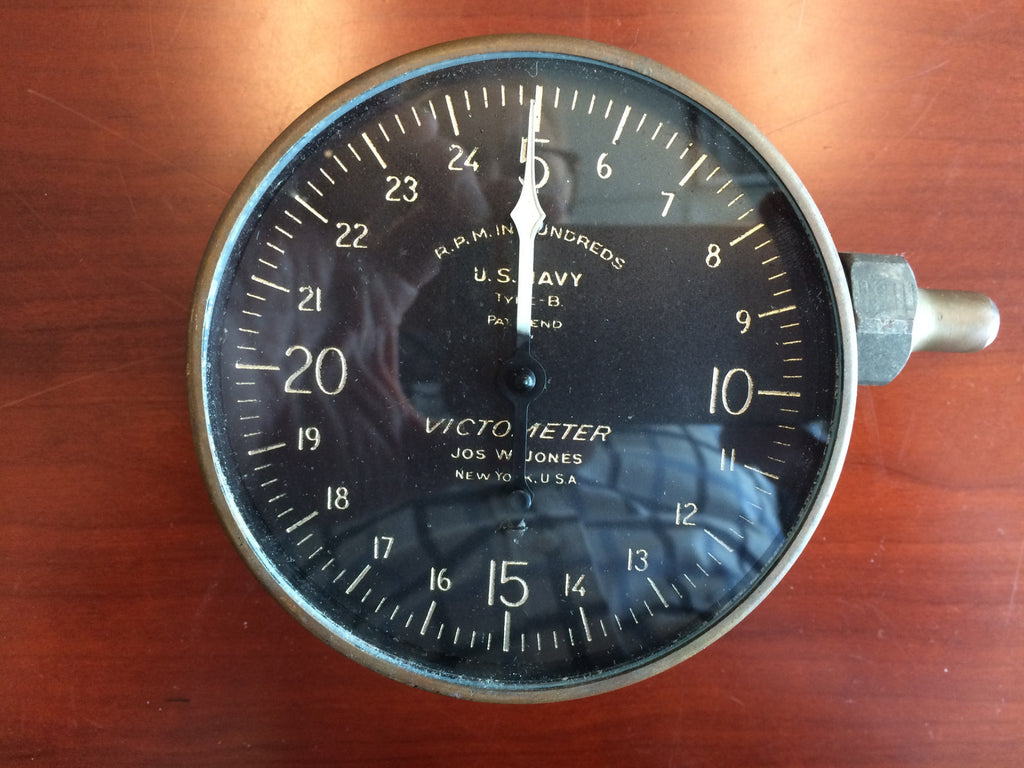As far as noise goes... maybe that's plane and prop specific but they seem "quietest" or "smoothest" to me around 2,500 or 2,550. That seems to be the sweet spot. Above that I feel like I'm pushing it, and below that it just seems unhappy
That is very different depending on aircraft. The bigger 6-cylinders tend to be happiest around 2300 RPM. The 4-cylinders are typically 2400+ RPMs for their happy spot. The noise/smoothness will depend on the particular engine/prop combination, and
*tangentially related. The SR20 I occasionally fly (which everyone knows has a prop that automatically changes pitch (but no blue knob)).. I find that at 65%-75% power setting the prop hangs out right around 2,700 RPM, or just under it.. which was surprising to me since it seems high
Nothing wrong with that. Keep in mind Cirrus has their linkage (which handles both prop and throttle) set up for a particular profile. It's not ideal for all circumstances but works well for 90% of them. 2700 RPM on these engines is just fine. Not necessarily ideal efficiency, but nothing wrong with it.
Also note that for the size of these engines and their displacements I think they could handle a lot more than we throw at them. Would be interested to set one up on a test stand and "tune it" like you would with a car and run it up into the 3K RPM range with some boost to see what it would handle and how much power you could coax out of it
That depends on your definition of "handle" and how long you want them to last. RPM wise, keep in mind we mostly limit the RPMs where they are because of propeller efficiencies. Above 2700 RPM the prop efficiency tends to go down since you need to get the diameter significantly shorter. Geared engines have bigger props that turn slower, and then higher revving engines. Note the GTSIO-520s found in 421s, 404s, and Commander 685s which spin in the 3,200-3,400 RPM range at rated power, putting out significantly more power than a direct drive equivalent. The 414, for example, has 310 HP engines from TSIO-520s redlining at 38" and 2700 RPM. The GTSIO-520 in the 421 makes 375 HP at 38" and I want to say 3,200 RPM.
The higher power engines have other aspects put in to help their reliability. Piston oil squirters, different valve springs for higher RPM, in some cases a bigger crank, etc.
Just take an O-360 out of a 172 and then add a turbo to it, run it on a lot of boost and higher RPM, it won't last too well.


